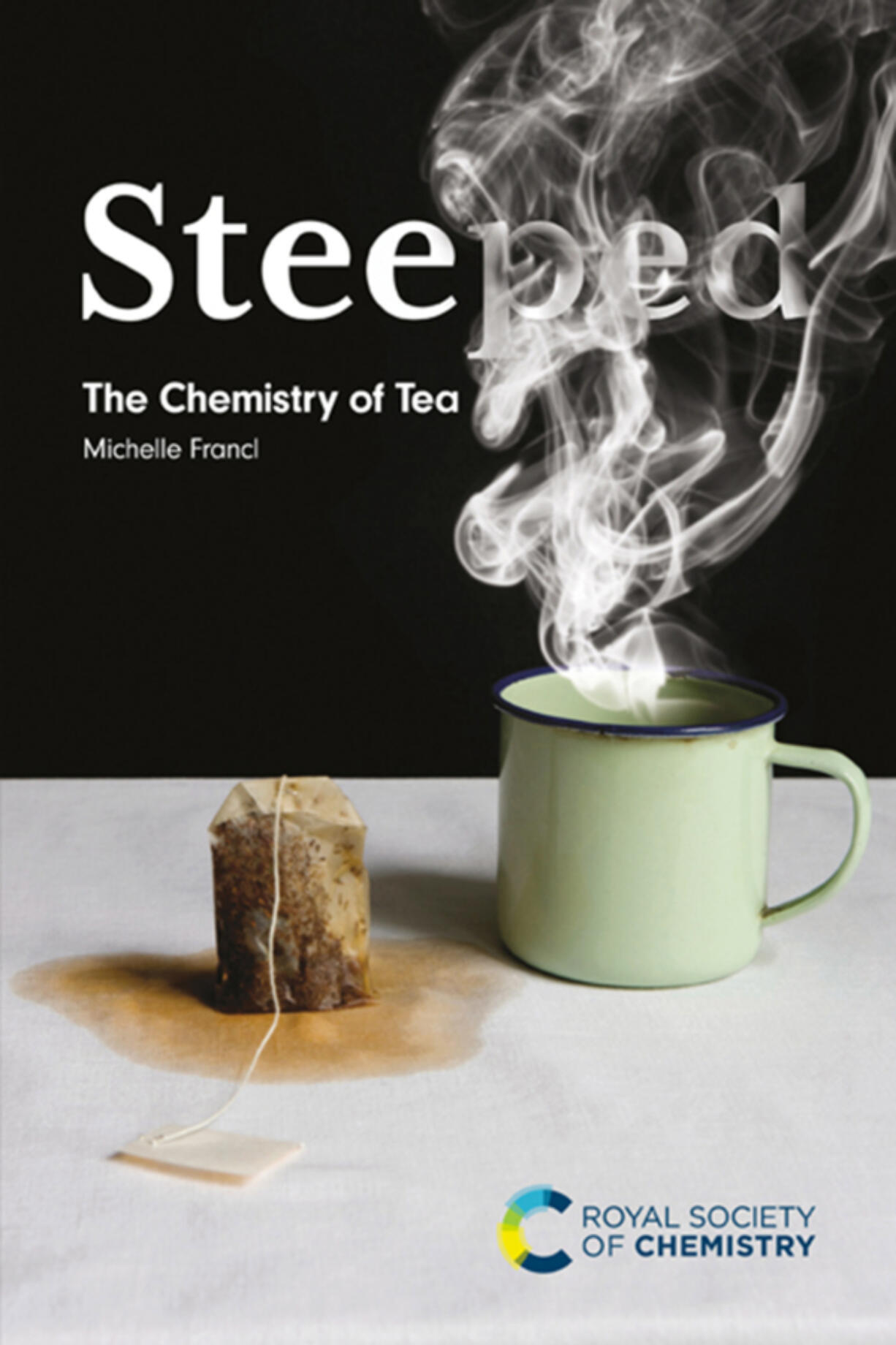To Michelle Francl, the preparation of coffee is a little too simple: You harvest beans, roast and grind them, and soak them in water. But tea, the world’s most consumed drink after water, is more appealing to the Bryn Mawr College chemistry professor.
“It is pretty amazing how many different teas you can get from a single plant,” Francl said, explaining how delicate production processes make black, green, white and other teas all from one kind of leaf.
Francl frequently writes and thinks about the relationship between science and her faith as a Roman Catholic. (She serves as an adjunct scholar of the Vatican Observatory.)
But after a tweet about a tea bag sent her down a rabbit hole of curiosity, Francl decided to write a book on her favorite drink and how chemistry impacts it. “Steeped: The Chemistry of Tea” was released Jan. 24.
Have you ever met someone who likes both coffee and tea, or is that just chemically impossible?
I’m definitely a tea person and not a coffee person. The only person I know who does both is my youngest son, who drinks coffee in the morning and tea in the afternoon. But I’ve been drinking tea since I was in elementary school.
My mother was an inveterate coffee drinker. She did not start the day without coffee, and neither did my dad. So I remain kind of a weird offspring.
But for me, there’s a bit of ritual to it, which I like. It gets you to stop for a minute, boil the water and put a tea bag in, and then you have to wait. I think I enjoy that part of it. I like a nice, black Assam tea, which is from India, with lots of sugar.
What made you want to write this book, and how challenging was it to explain the chemistry of tea to readers who aren’t scientists?
A chemist tweeted, does a tetrahedral tea bag make a better cup of tea than a regular tea bag? And I wondered, what in the heck did chemists know about making tea?
The only thing I knew was a paper from a woman chemist, Wilhelmina Green, in 1885, “On the Infusion of Tea.”
It turns out chemists know a ton about making tea. And so I wrote a column for a chemistry journal called Nature Chemistry for advice for chemists on making a good cup of tea. An editor read it and asked if could I turn the two-page essay into a book.
It was really fun to think about how to write about tea from a chemist’s perspective, for people who are not chemists. There’s a little bit of chemistry lessons interspersed in it. I tried it out with my sister, who never took a chemistry class and was not exactly a chemistry fan, and she said her eyes didn’t glaze over.
What are some of the chemistry lessons from the book, and how can people use them to make a better cup of tea?
I always wondered why you get this funny white film on the top of your tea if you make it in the microwave. It turns out, it’s related to the scum in your tub — essentially what you’re drinking is the same thing. It has to do with how much oxygen is in the water.
You get rid of a lot the oxygen when you boil it on the stove or in a teapot. But the water boils really fast in the microwave. You don’t get rid of the oxygen, and that helps precipitate this reaction with magnesium ions and carbonates, essentially the same stuff that makes bathtub scum.
You really are better off boiling it on the stove.
If you’re making black tea, you should let that water come all the way to the boil, because the colder the water, the less caffeine you get out. If you can, you want to warm up your cup by running a little hot water in it, because that helps keep it hot and gets more antioxidants out when you steep. It gets more of the beautiful aromatic compounds that you get out, so it smells nice and you get the caffeine.
Are these techniques or this chemistry well known in Philly or, more broadly, the U.S.?
You can find places that sell interesting kinds of tea, and there’s a couple out here in the suburbs around Bryn Mawr.
If you’re trying to get a good cup of tea at a restaurant, I find that’s really difficult. They tend to bring you a pot of water that’s cooling already, and then by the time you pick out a tea bag, really what you’re gonna get is colored water. It’s not gonna have much caffeine, and it’s not gonna have much taste. That’s the spot where I wish the U.S. had a better handle on making tea.
In other countries, they put the tea in the pot before they even bring it to the table. I’ve had better cups of tea in gas stations in Ireland than I’ve had in really fancy restaurants in the U.S. There’s a real art as well as the science to the making of tea.



